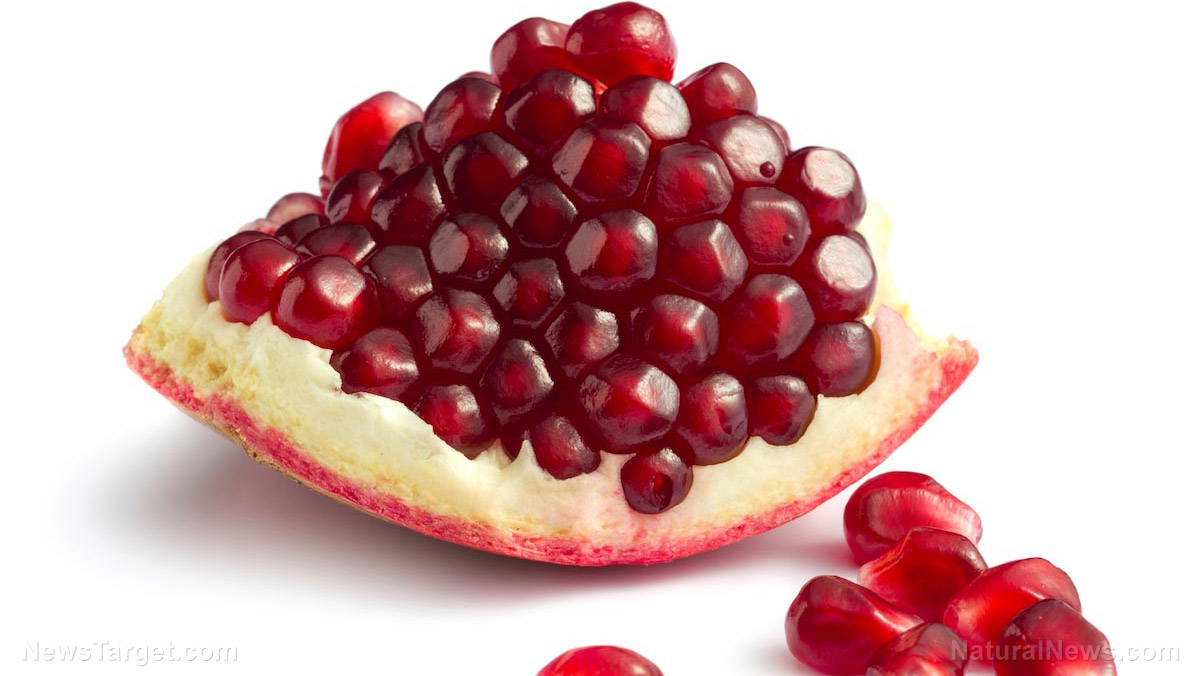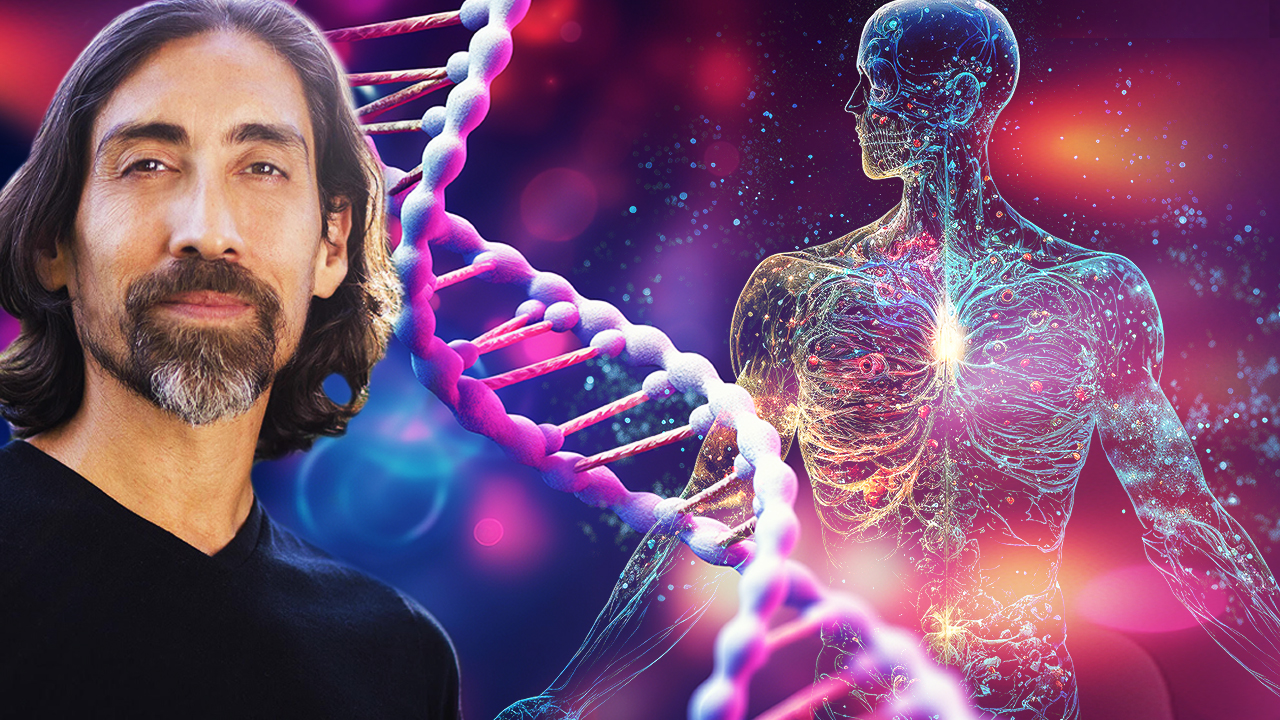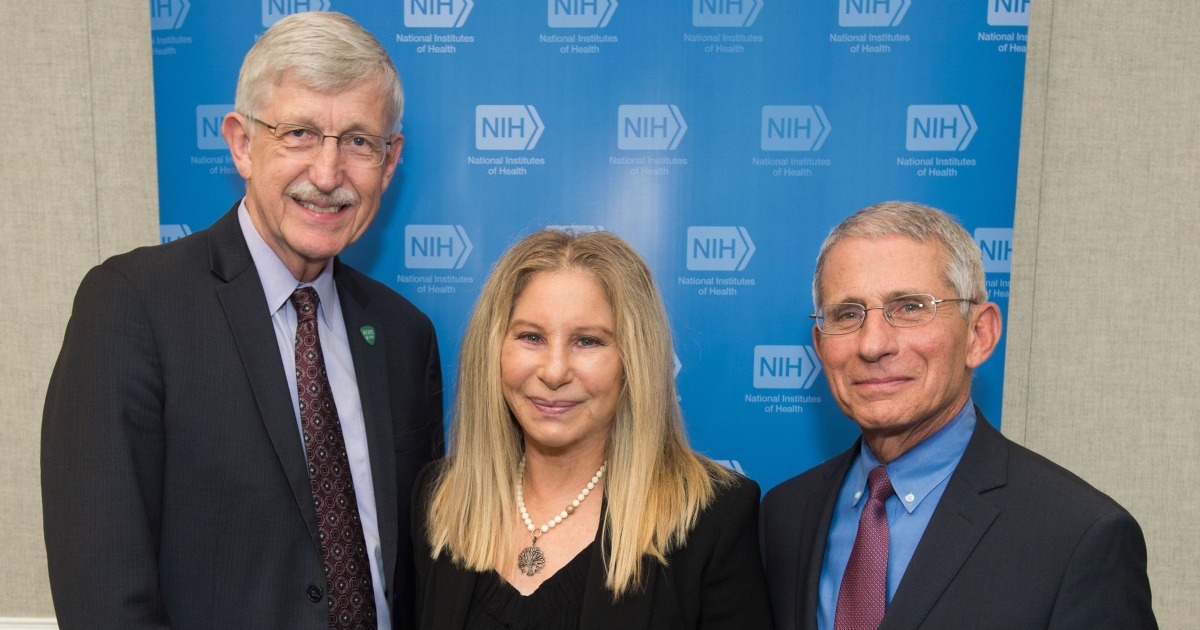Are you deficient in nitric oxide, the most critical molecule for cardiovascular health?
04/07/2023 / By Ethan Huff

One of the key components of cardiovascular health that many people overlook is a molecule called nitric oxide, or NO, which according to Nathan S. Bryan, PhD, is involved in virtually every organ system of the body.
Almost every form of cardiovascular disease begins with the loss of NO production in the body. The same is true of pretty much every chronic disease and age-related illness, whether it manifests in the kidney, the brain, the heart, or the liver.
All of these conditions have a vascular component, Bryan says. An international leader in the molecular medicine and NO biochemistry, Bryan says the common underlying factor for most chronic illnesses is a lack of oxygen-rich blood reaching certain body parts, NO being the molecule that makes it all happen.
“The lack of NO production can lead to high blood pressure, sexual dysfunction, and chronic inflammatory vascular disease leading to heart attack, stroke, or heart failure,” explains a report from The Epoch Times that cites Bryan’s work.
“The body naturally begins to produce less nitric oxide as we age but this gradual loss of NO can be sped up or slowed down based on individual lifestyle and diet.”
Nitric oxide is essential for improving vasodilation, fighting inflammation, and preventing the formation of arterial plaque
Dr. Caldwell Esselstyn, the renowned director of the Heart Disease Reversal Program at the Cleveland Clinic, is another expert who says that the single most important factor impacting cardiovascular health is NO.
Its most important function throughout the body is vasodilation, which is the relaxation and widening of the inner muscles of your blood vessel. Vasodilation helps more oxygen-rich blood to travel freely throughout your body and get to where it needs to go in order to keep you healthy, fit, and strong.

Two other things Esselstyn says NO helps with is:
• Fighting inflammation by preventing arterial thickening, which can restrict blood flow, cause hypertension, and increase the heart’s workload
• Preventing the formation of plaque by reducing the “stickiness” of low-density lipoprotein (LDL) cholesterol and other elements that can build up in arteries and cause serious health problems.
Alzheimer’s disease and other forms of dementia are another class of illness for which NO can provide remedial and preventive benefits. Since the common denominator in these diseases is lack of blood flow to the brain, NO’s vasodilation, anti-inflammatory, and blood-thinning properties are a powerful weapon against dementia.
By now, you are probably wondering how you can improve your body’s NO stores, as well as how to minimize exposure to things that damage them. Here is what we know:
1) The body relies on a healthy balance of oral and gut bacterial microbiomes. Eating more probiotic-rich foods or taking probiotic supplements may help in this regard.
2) Beets, leafy green vegetables, garlic, meat, citrus fruits, nuts and seeds, and dark chocolate all contain nutritional components that help boost the body’s ability to naturally produce NO.
3) Working out, meaning exercise and rigorous activity, tells the body’s endothelial cells to produce more nitric oxide – so get moving!
“There is concrete evidence that physical activity enhances NO [nitric oxide] production,” concluded a 2021 study published in The Journal of Sports Medicine and Physical Fitness.
4) Increasing your exposure to the sun, which will also help boost your body’s vitamin D stores.
Some signs that your body may already be deficient in NO and in need of help include:
• Increased blood pressure
• Erectile dysfunction in men
• Vasculogenic sexual dysfunction in females
• Arterial plaque and inflammation
If an NO deficiency persists for too long, it can result in a heart attack or stroke, which are the leading killers of both men and women worldwide.
More related news that you can use to help support your health naturally can be found at Remedies.news.
Sources for this article include:
Submit a correction >>
Tagged Under:
alternative medicine, Alzheimer's, blood, brain health, Cardiovascular, circulation, health science, heart health, longevity, natural cures, natural health, natural medicine, Nitrate, nitric oxide, nitrite, oxygen, prevention
This article may contain statements that reflect the opinion of the author





















